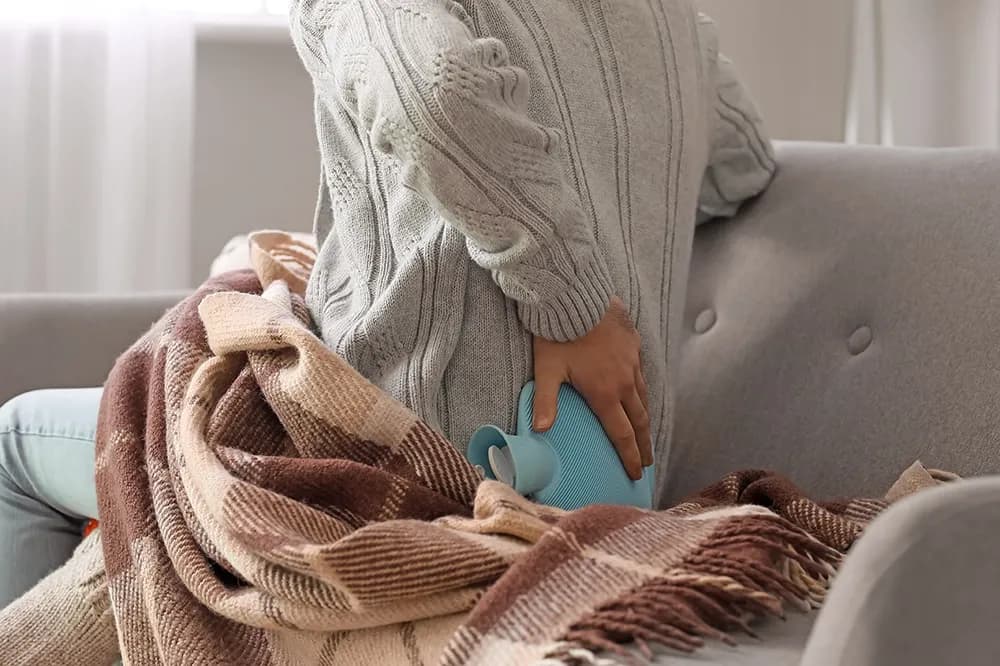Avoiding back pain in the car
According to a 2006 study, the accumulation of the load exerted on the spine by driving almost daily, without interruption, significantly increases the risk of low back pain (1). In addition to the duration and frequency of driving, the position also plays a major role. There is no miracle cure, but there are appropriate behaviors and equipment that can help avoid or reduce back pain in the car.
The importance of a good driving position to protect yourself from back pain in the car
A French car travels on average just over 13,000 kilometres each year (2). That's a lot of time spent behind the wheel! We know the importance of adopting the right gestures and postures on a daily basis to prevent and fight against back pain. In the car, this is just as true.
It is easy to overlook the specifics of sitting in the car, but it is totally different from those of everyday life (meals, work, relaxation, etc.). As soon as the vehicle starts moving, the body is subject to acceleration and deceleration forces, lateral swaying and strong vibrations. The active use of the legs and feet to accelerate, brake and clutch/disengage prevents them from playing their normal role of stabilizing and supporting the body. Kept in this unstable position for a long time and subject to significant forces, the back is put to the test.
Back pain in the car? Adopt the right reflexes
The seat must support the weight of the body and the forces exerted on it. The ideal position is one that keeps the back as straight as possible. You should be able to hold the top of the steering wheel without taking your shoulders off the seat. The pedals must be accessible without moving the pelvis. Be careful not to drive with the backrest tilted too far back, or with the seat too far from the pedals. By respecting these few indications, you will have to find the most comfortable driving position, by adjusting the height, depth and inclination of the seat.
Taking regular breaks is essential to improve your alertness, and therefore your safety, but also to protect your back! You can then do relaxation exercises, stretching and walking for a few minutes. Every two hours of driving, a quarter of an hour of stoppage, is ideal.
Adopting good positions starts as soon as you get into the car. In order to avoid painful rotational movements, it is best to sit on the seat perpendicular to the vehicle, with your knees facing the pavement, and then rotate the pelvis by sheathing the muscles of the abdominal strap to avoid twisting of the spine. You will have to make the opposite movements to get out of the car.
Dedicated equipment that responds to back pain in the car
Comfort is one of the first "marketing" arguments of a car. Automotive engineers are trying to provide answers to back pain experienced while driving. For example, many vehicles offer electronically adjustable seats. Some models offer up to 18 seat adjustment options... Enough to find the ideal seat. However, beware of seats that are too soft, which may seem comfortable, but whose lack of support generates tension and contractions. It is also important that the vehicle has a smooth and well-maintained suspension, which will cause less vibration to drivers and passengers.
Other technologies can relieve the driver's back. The automatic transmission dispenses with a large part of the pelvic, leg and foot movements, which can cause back pain. Cruise control can have the same interest. A rearview camera can be useful to prevent twisting movements. Some models also offer an armrest, which can relieve the pressure on the back. It must be adjusted to the same height as that of the door to keep the torso straight.
There are also cushions specially designed to combat back pain in the car: placed behind the neck or lumbar, they would force the driver to maintain an upright seat, and improve lumbar support. A recent study has demonstrated the effectiveness of this type of device in reducing muscle activation during driving (3).
- Toshihiko Sakakibara & al. - Effects of driving on low back pain - Occupational Medicine 56(7):494-6 · October 2006 - DOI: 10.1093/occmed/kql045
- Statista.com – Annual average passenger car journeys in France from 2004 to 2017, by fuel type (kilometres)
- Federica Menotti & al. - Activation of Neck and Low-Back Muscles Is Reduced with the Use of a Neck Balance System Together with a Lumbar Support in Urban Drivers - PLoS One. 2015; 10(10): E0141031. - doi: 10.1371/journal.pone.0141031


